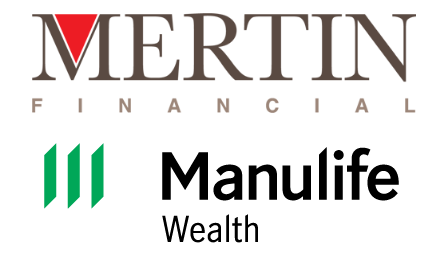Can I mitigate risk in a diversified equity fund portfolio?
Article Licenses: DL, unknown
Advisor Licenses:
Compliant content provided by Adviceon® Media for educational purposes only.
What is Diversification?
Diversification is a strategy by which you create a portfolio that includes several investments. You make investments over more stocks of different companies or securities, such as bonds or mortgages, with the objective of reducing risk.

Because of their higher risk, equity funds have historically offered the most promising growth over the long term, as compared with other funds that focus on assets such as bonds and cash. In markets that are volatile, how can we reduce the overall equity volatility over the long haul without losing the potential for gains?
In a volatile market, if you shift the asset class out of equities into bonds and/or cash prior to resurgence in the overall market, you can lose by trying to automatically time the market. Why is this? Most stocks increase in value through a new bull market period which can begin quickly over several days. By being out of the equity market (in this case at the wrong time), you could lose the gains you might have achieved by being more heavily invested in equity funds.
Understand geographic diversification.
Global equity markets are more closely correlated than they were five or ten years ago, reacting to world events in a more similar fashion. Technology has connected our world to make it a smaller place, so what happens today in China’s market can impact economies everywhere. And more importantly, global diversification offers scant protection from market crashes when correlations become indistinguishable, such as during the financial crisis of 2008–2009.
However, it is still prudent to have portfolios that offer geographic diversity, rather than focusing exclusively on a single geographic equity market.
The Advisor and Manulife Securities Incorporated, ("Manulife Securities") do not make
any representation that the information in any linked site is accurate and
will not accept any responsibility or liability for any inaccuracies in
the information not maintained by them, such as linked sites. Any opinion
or advice expressed in a linked site should not be construed as the opinion
or advice of the advisor or Manulife Securities. The information in this
communication is subject to change without notice.
This publication contains opinions of the writer and may not reflect opinions
of the Advisor and Manulife Securities Incorporated, the information contained
herein was obtained from sources believed to be reliable, no representation,
or warranty, express or implied, is made by the writer, Manulife Securities or
any other person as to its accuracy, completeness or correctness. This
publication is not an offer to sell or a solicitation of an offer to buy any
of the securities. The securities discussed in this publication may not be
eligible for sale in some jurisdictions. If you are not a Canadian resident,
this report should not have been delivered to you. This publication is not
meant to provide legal or account advice. As each situation is different you
should consult your own professional Advisors for advice based on your
specific circumstances.




